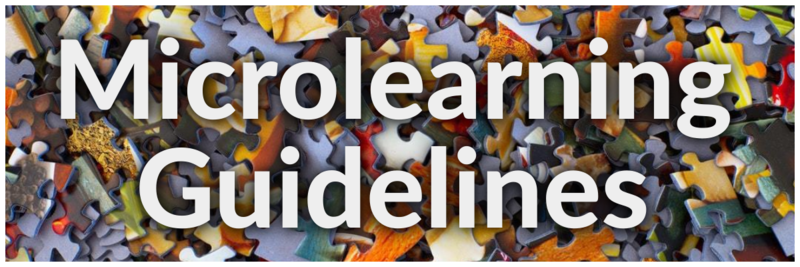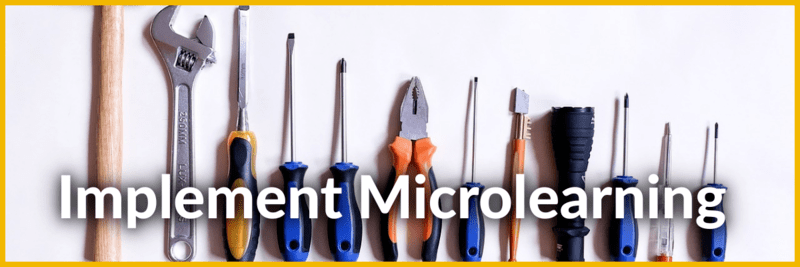The world is changing a lot. 40 years ago a student would sit down and study for a few hours.
That is no longer the case for most students. Especially for adult learners, this is not even possible.
There just isn’t enough time available to sit down and study for a few hours each day.

I write a lot about doing a few study blocks each day. You would start in the morning with a longer study session. During the day you have a few moments to go over flashcards or your notes. In the evening, you also take 30 minutes or so to read, write or do something else study-related.
The benefits of working this way are:
- You repeat what you learned during the day (making it stick better)
- Less study stress because there are more opportunities for going over your study materials
- Using less time to study each study session
- Easier to plan study moments, even when waiting in line at a store
Since you are already familiar with this way of working, I would like to introduce you to a very interesting concept called microlearning. In this article, you learn more about the microlearning guidelines.
What is microlearning
First, let’s define what microlearning exactly is. Microlearning is studying in byte-sized packages of information. Ideally, these packages can be digested in a few minutes. You go over a self-contained idea or concept.
Ideally, you use the fastest way to learn. So instead of reading a page in a book, you watch a 2-minute video, or you do an exercise. Whatever is the best way to learn something, you do that.
For us as time-sensitive learners, this is ideal. Microlearning makes it possible to deal with our study materials faster and with more focus.
Implement these 4 microlearning guidelines

Have a clear goal
A good microlearning moment is one that is helping you reach a specific goal. It is not just watching a video or reading without a clear purpose.
Each session has a clear goal. You learn something new. You do an active recall of your study materials. You take a concept and dive deeper into it for a few minutes.
The goal is always clear. You achieve something that is helping you move forward. At the end of your session, you are done and you learned something or improved your memory or understanding.
Rule of Thumb: Have a clear goal for each session
Keep it short
Microlearning is done quickly. You only use a few minutes to study something. I recommend a maximum of 5 minutes per microlearning session. This is great for adult learners. You probably have a lot to do (work, family, other activities). When you use a few minutes to study or go over your study materials will help you.
Don’t fall into the trap of trying to do a regular study session. Only do your simple microlearning session.
Rule of Thumb: Keep it short, max 5 minutes
Multiple times a day
There is a place for everything. And more importantly… there is a time for everything! Don’t try and use too much time to study during the day when you are busy. Enjoy the short moments.
For example: If you feel you don’t have enough time to study, implement more microlearning moments. Do for example one session every hour, or even 2 hours.
This means that during a normal workday, you do between 4 and 8 additional sessions. If you do a session before you start work and one after you finish work… you may end up doing about 10 sessions during the day.
That accounts for almost one hour of additional studying! And don’t think about the time you studied so much. First think about the additional knowledge you gained, or the deeper understanding you have of your subject!
Rule of Thumb: Focus on knowledge growth, not on sessions done
Use it wisely
Microlearning isn’t a replacement for your normal studying. It is a way to get introduced to something or to repeat what you studied already.
Since we are doing 5-minute sessions, there is not that much time to go really deep into a subject.
That is why I recommend you use microlearning during the day. You can plan some of the sessions in advance. For instance, going over a list of active recall questions. Have this ready on your phone all the time. The moment you have a few minutes, go over the list and test yourself. This saves you time during the evening, and it is a wonderful way to grow your knowledge.
Another way you can use these sessions is at the beginning of a normal study session. Use your session to quickly get into the subject. Listen to a short audio lesson or watch a video on the topic that you will study.
Rule of Thumb: Always have a microlearning session available so you can quickly get started
So…
When you use these 4 guidelines, you will be able to make much better use of your time. You take 5 minutes during your busy day or when waiting somewhere… and you study! Do this a number of times per day, and you will see immediate benefits.
There is no need to “get into the mood” of studying for you in these sessions. You open your phone, click on a video or list of questions, and you start. And before you know it, you are done!
Time will become much more precious for you, especially the time you can study. And the return on this investment will be huge!
How to use microlearning in your own studies
Microlearning is a great addition to your normal study routine. It helps you to improve your understanding of the material you went over earlier. It is also a powerful way to get a basic introduction to new materials and concepts.
A good way of using this in your own studies is by having your normal morning study routine and some microlearning sessions during the day.
These short sessions help you to get a better grip on the concepts you study.
Just think about watching a video or answering some questions from an active recall list. You can also use flashcards to go over ideas, definitions, or other information. You can even have a look at your notes or mind maps that you created earlier.
In the evening, you can do a slightly longer session.
It is important you have sessions ready to be used when you have a moment to study.
That is why I recommend you:
- Create a short (1 to 2-minute) audio or video regarding a key concept of your studies. You benefit from highlighting your most important notes and listening to them later.
- Make your list of active recall questions available on your phone. This way you can access them all the time
- Start a new study session by going over a related youtube video (to focus your mind and to recall), or by doing some active recall questions. For the rest of the session, you learn new things.
When you use microlearning this way, studying becomes almost effortless. You take 5 minutes here, 5 minutes there. Waiting time becomes study time. Where other people are aimlessly watching their phones, you study. The result is that waiting is not that long, and you become smarter!
Start implementing microlearning Today

Microlearning is a very simple and powerful way of dealing with your study information. I highly recommend you look into incorporating the strategies and guidelines into your own study methods.
Sure, you probably can’t use it for everything you are studying. Some concepts are just too complex to deal with in 5-minute intervals.
Still, the basic idea of what you study is often already captured in a short YouTube video or a simple Wikipedia page. Get a good idea of what you are studying by first watching a short video or reading an article. Then jump into the content of your book.
If you have any questions about this, please let me know. If you want to learn more about improving your study skills, have a look at my home study course.



